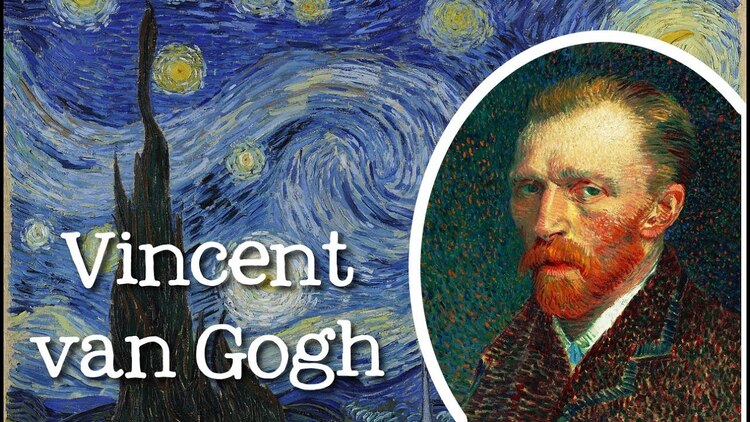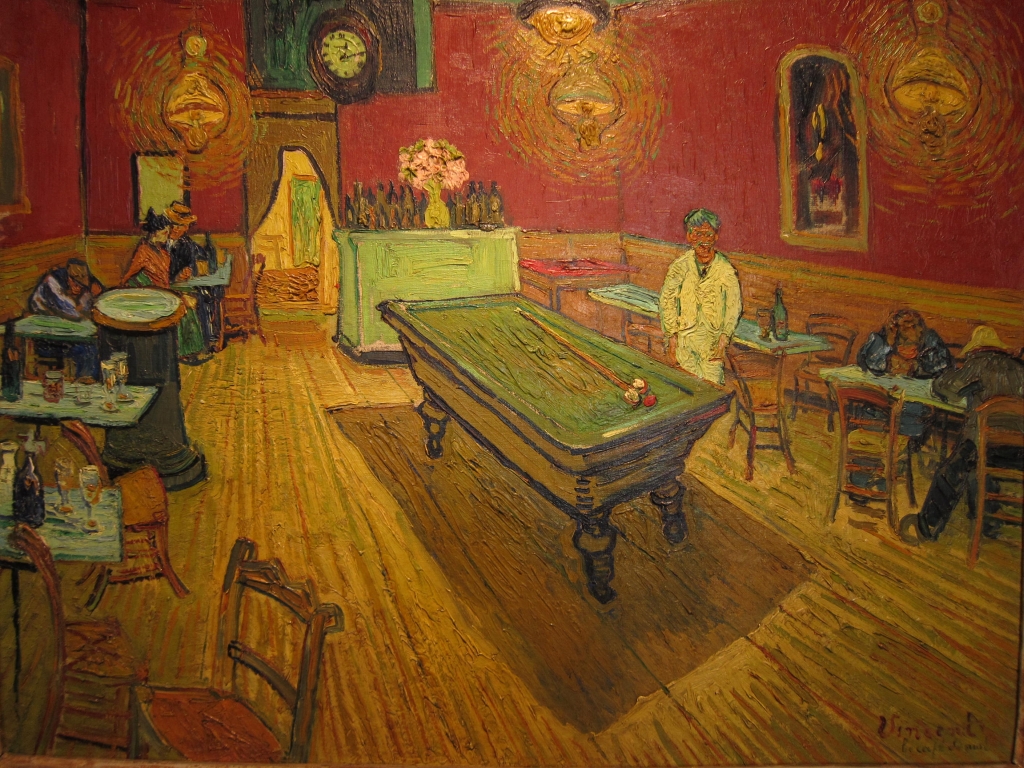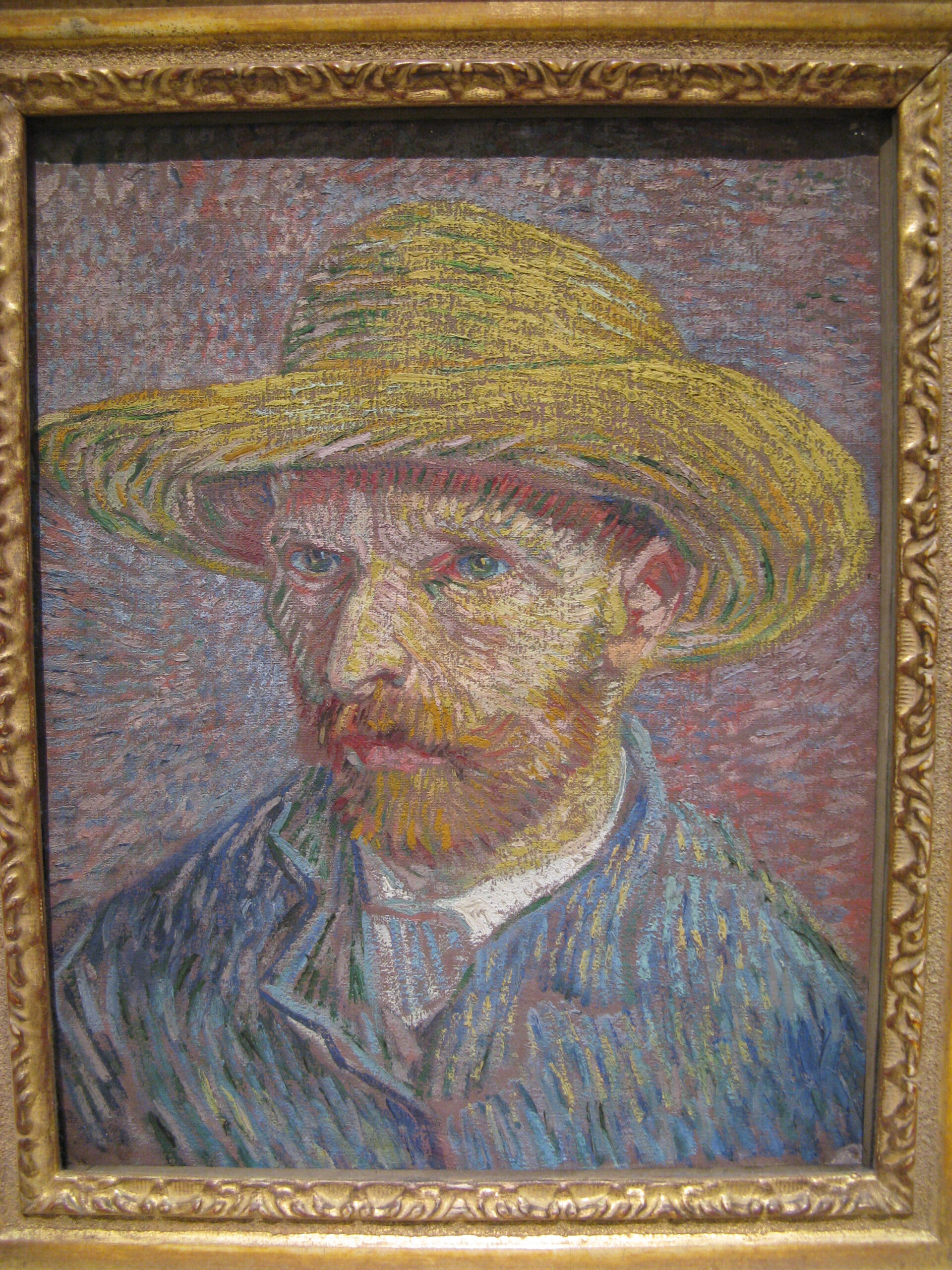Vincent Van Gogh: Artworks As An Emerging Artist
Vincent Van Gogh was a Dutch painter who lived from 1853 to 1890. He is internationally respected as one of the most influential figures in the history of Western art and left an indelible mark on the 20th-century European art scene. Vincent Van Gogh’s artwork is characterized by its vivid colors, thick strokes, and rejection of impasto—using large brushstrokes to create volume or texture. His style has been described as “a blending of subject matter and technique.”
For most of his lifetime, Van Gogh’s work was not appreciated. However, his paintings and drawings received much acclaim after his unfortunate death, which was a culmination of a mental illness that he suffered. Vincent Van Gogh’s paintings describe different scenarios and feed into other parts of life.
Let’s look at some of Vincent Van Gogh’s drawings and paintings created as an emerging artist. Aside from the few paintings mentioned in this article, you can check out famous Van Gogh paintings lists on Wikipedia or a website created in the legendary painter’s name.
Vincent Van Gogh Artworks
The following section will have Vincent Van Gogh’s paintings’ names as their heading as we consider some of the artworks he did as an emerging artist. I trust that you will have a great time reading.
Night Cafe In Arles (1888)
The artwork in the famous van Gogh paintings list resulted from Vincent’s visit to the cafe, where he sat for hours and sketched the patrons. The resulting work is not an exact representation of that place; it was done in one sitting and showed only two people at a table—a messy-looking man with his arm resting on a chair back and another man standing behind him. Both appear to be talking excitedly about something (perhaps their meal).
The painting is unrealistic because it does not depict any of the details in reality: there are no chairs or tables and no windows through which light can enter this dark room. The painting is also not a realistic representation of the two men. Instead, their faces are exaggerated, and they appear to wear masks or makeup.
The man sitting at the table has a large nose that juts out from his face. He has small, beady eyes and skinny lips. The standing man has a trim, pointed beard resembling an inverted triangle—a shape often used by artists to depict Christ or other religious figures.
Also Read – Susan Deixler: Net Worth, Family And Bio
Self-Portrait With Straw Hat (1887)
The Self-Portrait with Straw Hat is one of Vincent van Gogh’s earliest drawings. It is an example of his early self-portrait work, which was created when he was only twenty-four years old.
It shows him wearing his trademark straw hat, which he painted black and that seems like a pair of glasses. He signed this drawing “Vincent” and placed it before a window where light could hit it from multiple angles for maximum effect.
Still-Life With Bible (1886) [A Drawing]
This drawing was created as a study for the painting Still Life With Bible, 1886. The artist intended to paint this work later in the year, but it wasn’t finished until the following year. The drawing is smaller than its parent painting and uses different colors and materials; however, there are similarities between these two works that make it clear that Vincent Van Gogh made them simultaneously.
The subject matter of this piece is similar to that of Still Life With Bible: there are apples on display in front of a table with various books on top of it; however, unlike other paintings where apples stand out from their surroundings (e.g., “Sunflowers”), here we see them simply sitting there quietly under glass or pottery containers filled with brown liquid (perhaps tea). They’re surrounded by flowers that appear slightly darker than those used elsewhere in his paintings but are still quite bright against all those dark tones around them.
Still-Life With Onions (1885) [A Drawing]
The painting of still life with onions symbolizes sadness and grief in the Bible. This scenario refers to Jonah and his three friends who wanted to go on a mission but could not because they feared what might happen if they entered the ocean (Jonah 1:6).
However, onions are also a symbol of solidarity during times of revolution, such as in France during the French Revolution when people used them as tokens for their groups or organizations.
For example, there were two groups: those who supported Robespierre (the leader) and those who did not help him but supported Danton (another leader). Each group would wear an onion on their hats as part of this showy display so that everyone could see where each person stood on issues like freedom versus tyranny. This kind of thing often happened back then because it was important for people not just to talk about things abstractly but act upon them–which means doing something concrete rather than just talking about them all day long without ever taking action yourself!
Another reason these vegetables have become so popular over time may be their symbolism associated with wealth/prosperity—especially since many cultures consider these foods tasty treats, which, if consumed regularly, bring happiness into our lives every day.
L’Arlesienne [Madame Ginoux] (1888)
This oil painting of Madame Ginoux, an actress who lived in Arles and befriended Van Gogh during his time there, was made after his breakdown. The woman is depicted as if she were sitting on the ground with her back to us; this gives us a sense of how far she is above us.
She has long hair that hangs down her back and a large hat covering most of her face. She sits with legs crossed at the ankles, holding onto an umbrella and reading from a book (which may be part of what makes this scene so unsettling). She’s lost in thought about something—perhaps about life? Or maybe about something else entirely?
In any case, there’s something wrong with this woman: she seems lost in thought rather than happy or sad (though perhaps both), which could indicate depression or mental illness brought on by stress due to living conditions at home or abroad.
Conclusion
Perhaps the most famous Vincent Van Gogh artwork, Starry Night, is not included in this list as it came a little later when he was already considered an established artist. Van Gogh was fascinated by the surrounding world.
His work was very personal. He painted from nature, memory, imagination, and dreams. He painted from his heart as well as from life experiences he had had in Paris and The Netherlands. He saw things very differently than other artists of his time; they did not see things as realistically as Vincent did when creating his masterpieces.




![Still-Life With Bible (1886) [A Drawing]](https://techbehindit.com/wp-content/uploads/2022/11/Still-Life-With-Bible-1886-A-Drawing.jpg)
![Still-Life With Onions (1885) [A Drawing]](https://techbehindit.com/wp-content/uploads/2022/11/Paul_cezanne_natura_morta_con_cipolle_1896-98_01.jpg)
![L’Arlesienne [Madame Ginoux] (1888)](https://techbehindit.com/wp-content/uploads/2022/11/LArlesienne-Madame-Ginoux-1888-scaled.jpg)















